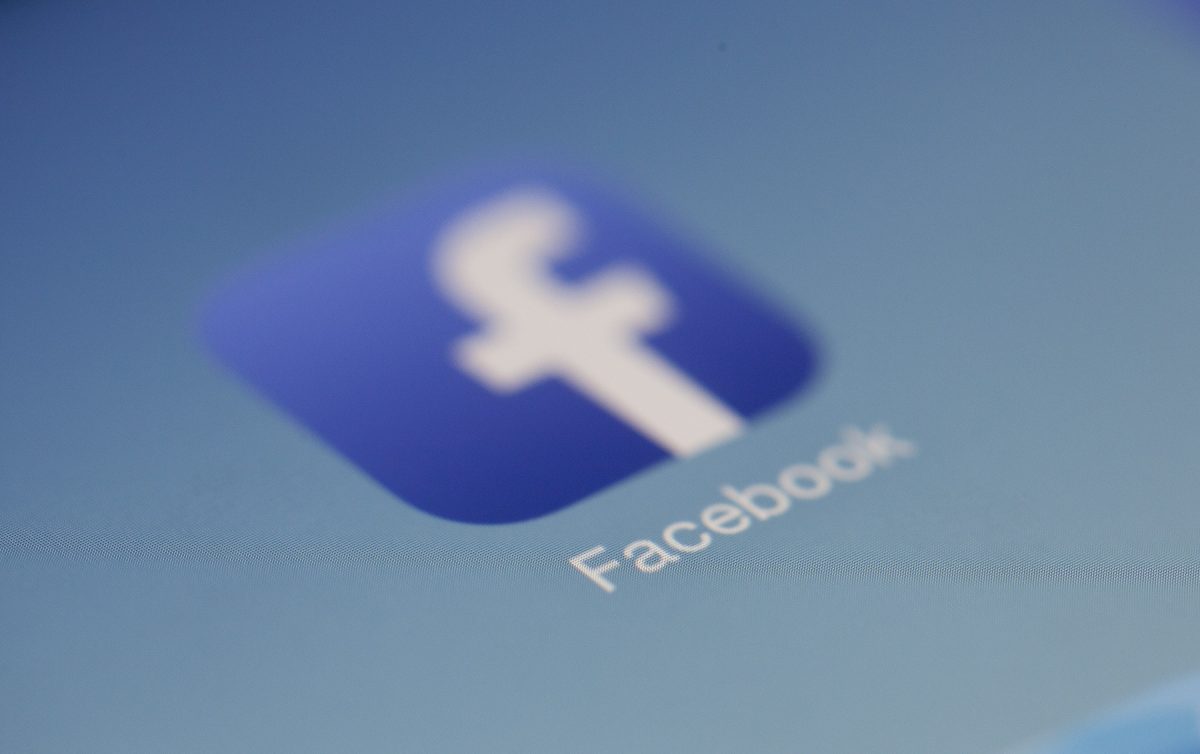The arrival of OpenAI’s ChatGPT late last year kicked off a race between Google, Microsoft, and others to see who would be the first to bring conversational AI to the search space. ChatGPT is an astonishing technology, but it has a significant limitation: It knows nothing about events that happened after 2021, when its transformer-based large language model (LLM) was trained.
A search engine that can’t digest new information and generate relevant results from the web is unlikely to be a great success, but the state of the art has moved beyond static models. With OpenAI’s help, Microsoft was first off the blocks with a new conversational interface for Bing, its search engine. Bing’s AI can integrate search index data into results with a technology called Bing Orchestrator.
Google is yet to release its spin on AI-powered search, but it has given us a sneak preview of Bard, its answer to ChatGPT and Bing’s AI. It’s worth remembering that the transformer-based language model tech behind OpenAI and Bing search was initially developed by AI scientists at Google and first discussed in their research paper, Attention Is All You Need.
Bard is based on Google LaMDA (Language Model for Dialogue Applications), an advanced conversational AI, although it uses a lightweight version of LaMDA to make Bard more scalable: LLMs require much more computational processing power than traditional web searches.
So what is the Bard search experience likely to look like, and what does it mean for search engine optimization? Conversational search queries have been top-of-mind for SEOs since voice search went mainstream, but Bard will take conversational search to the next level.
Is Bard the Future of Search?
The Bard preview demo shows queries as natural language questions and responses as a text summary that draws from relevant web content. Beneath the summary are featured articles, ‘people also ask’ questions, and the traditional blue links.
One way of looking at the Bard-powered search results is as an AI-boosted version of the featured snippet that often appears at the top of search results. Except that instead of featuring content from a favored article with a link, Bard synthesizes a unique response to the query.
It’s impossible to say exactly what impact Bard and Microsoft AI will have on search. It seems likely that modern SEO advice will continue to hold true: Focus on creating comprehensive, accurate, and Q&A-friendly content that covers a wide range of topics and topic clusters. Pick topics that are likely to interest your target audience, and don’t be afraid to go broad and deep in your content.
We’re in the early days of AI search development. Bing was first out of the gate and, as a result, the Bing AI experience is a mixture of useful, bizarre, and somewhat scary. The fun the media is having at Bing’s expense is likely one of the reasons Bard has yet to see the light of day. Google is leery of turning the world’s biggest search engine and Google’s main money-spinner into a hallucinating chatbot.
But Bard will be integrated into Google Search at some point soon, not least because less hesitant search platforms will quickly rise to dethrone Google from its dominant position. A couple months ago, Bing was a little-used also-ran. Today, it’s the biggest story in tech.
There is a huge appetite for conversational interfaces. ChatGPT is the fastest-growing consumer-facing application in history, attracting over 100 million users in under two months. There is no doubt that AI-powered conversational interfaces are the future of search, and it’ll be interesting to see how they impact the SEO industry and web-based businesses in the coming years.










